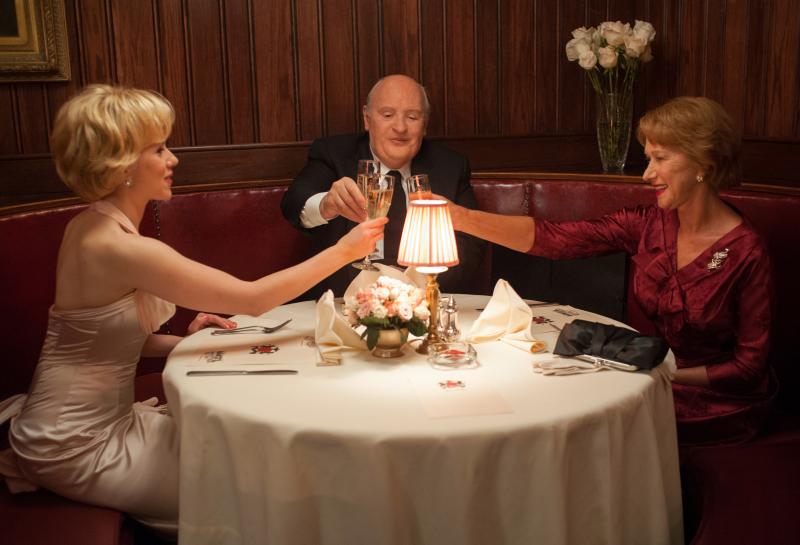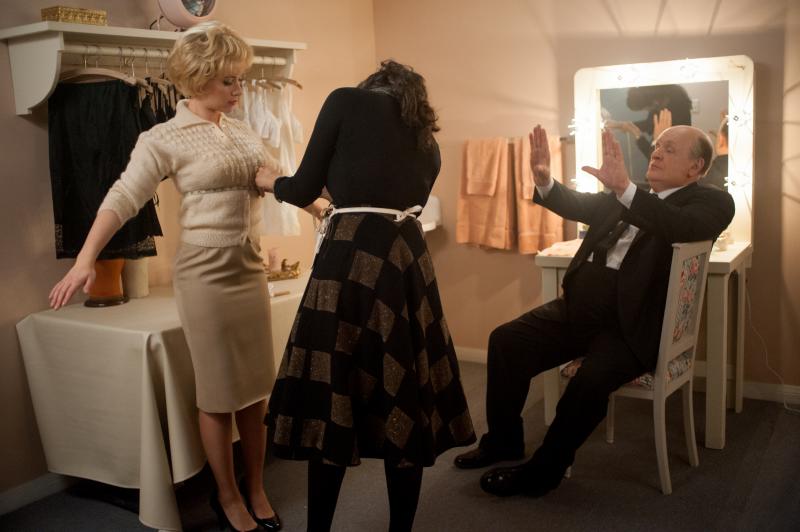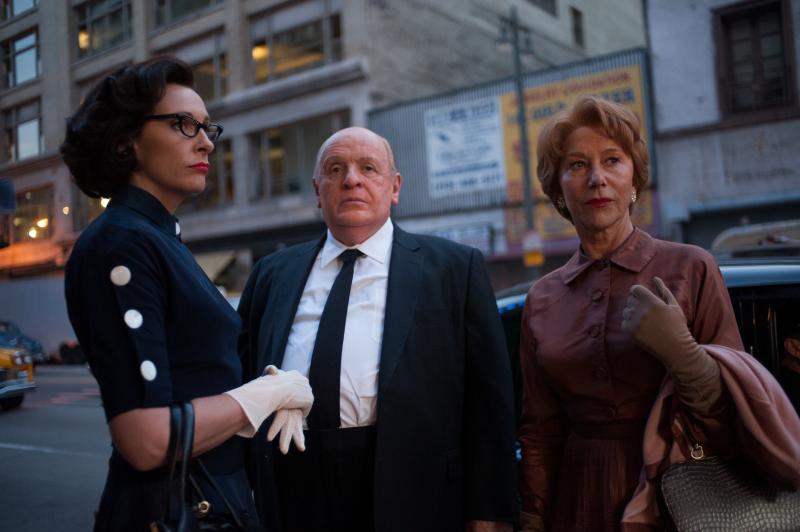Two-time Oscar nominee and Emmy-winning costume designer Julie Weiss embodies pure passion. Thoughtful, sincere, serious and real are the exact words I choose to describe one of Hollywood’s most talented artists. Ms. Weiss is the prophetic and imaginative designer behind the clothes worn in Steel Magnolias, Twelve Monkeys, Fear and Loathing in Las Vegas, American Beauty, Frida, and close to 50 other films. Her most recent work may be seen in the film Hitchcock. Instead of publishing a straightforward Q&A, please indulge me as I share excerpts of my conversation with Julie, her brilliant stream of consciousness, if you will…
“When I first knew of this project and that our producers would include Ivan Reitman, who has always accepted costume designers as storytellers, I knew this was something I wanted to be a part of. Then, I found out that Sacha Gervasi, who directed Anvil, was the Director. I knew this was going to be something I wanted to be a part of…Then I found out that Anthony Hopkins would be playing Hitchcock. Hitchcock, whose voice, silhouette, and entrance is recalled each time his collection of the finest of films are recalled. Hopkins becoming Hitchcock…I knew this was something I wanted to be a part of. I found out that Helen Mirren was going to play Alma, Hitchcock’s wife, and I knew this was something I wanted to be a part of…And then, I found out that Scarlett Johansson was going to play Janet Leigh and Toni Collette was playing Hitchcock’s assistant and Jessica Biel was playing Vera Miles and James D’Arcy was playing Norman Bates. I knew this was something I wanted to be a part of. Being a part of are golden words for all of us in this business.”
“In Hitchcock, the costumes came from everywhere. Some designed from the sketch forward, the finding of the fabrics, trim, buttons. Others came from costume houses, like Palace Costume, Western Costume, American Costume, Motion Picture Costume. Some items came from my Mother’s closet, especially her collection of scarves, which as each was unfolded, represented another year, another gift given to her on days of celebrations, birthdays and holidays.”
“For me, costumes are nothing until they are worn by the characters. The character determines whether they are to be worn with the greatest of elegance or as a piece of clothing to keep warm. Moments of discovery belong to the actors. With this cast, the costume designer need only to sit back and watch this merger begin…to watch the fitting so carefully, to watch the reaction of the actors’ arrivals on set, to watch the direction evolve, to see the costume crew adjust the suit jacket and find the misplaced earring, all the while in the pocket of the costume designer.”
“As costume designers, our world involves so many continual images, so much visual stimulation that memories are often crowded out, pushed aside like horse blinders, foolishly guiding us down a single road. Costume designers are like voyeurs, who luckily need clothing to proceed in their field, thus avoiding arrest.”
And finally, lovelies, Julie’s colorful wisdom and a closing thought…
“Color cost nothing. All of us have memories in black and white and in color. Some quiet, some vivid. These hues must be used carefully, sometimes strongly, sometimes meekly. A color of passion and strength that one dons in the morning might only be seen as a color at the end of the day, as a person’s daily routine takes a turn against the daily agenda of emotion.”
“The most important thing a costume designer must have is respect for the beauty of other people’s memories and how it affects their daily dress.”
Image Credits: Fox Searchlight Pictures
Note: This interview has been condensed and edited.


